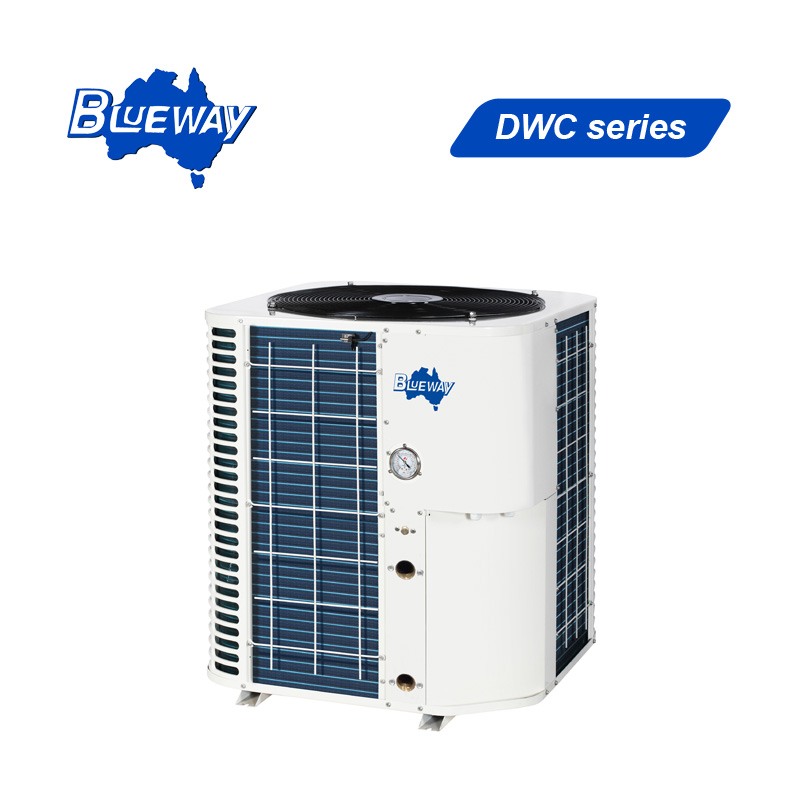What Is an Air Source Water Chiller and Why Is It Essential for Cooling Systems?
2025-07-17
As energy efficiency and climate control become more critical across industries, Air Source Water Chillers are gaining attention as a reliable, eco-friendly solution for both industrial and commercial cooling needs. These systems offer powerful cooling performance while reducing energy consumption and environmental impact.
What Is an Air Source Water Chiller?
An Air Source Water Chiller is a type of refrigeration system that extracts heat from water using ambient air as the cooling medium. It cools water through a closed-loop system and is commonly used in HVAC systems, industrial process cooling, and commercial air conditioning.
Unlike water-cooled chillers, which require a cooling tower and water supply, air source chillers use ambient air to expel heat—making them easier to install and maintain.

How Does It Work?
1. Refrigerant Circulation: The chiller uses a compressor to circulate refrigerant through the system.
2. Heat Exchange: The refrigerant absorbs heat from the water via an evaporator.
3. Air-Cooled Condensation: The heated refrigerant is then cooled by air blown over condenser coils, releasing the heat into the atmosphere.
4. Cycle Repeats: The cooled refrigerant returns to absorb more heat from the water, continuing the cooling cycle.
Key Advantages
1. Energy Efficiency
Modern air source chillers are designed with inverter technology, smart controls, and high-efficiency compressors, significantly reducing energy consumption.
2. Easy Installation and Maintenance
Since they don’t require a water cooling tower or extra piping, installation is faster and maintenance is simpler than with water-cooled systems.
3. Versatility
Air source water chillers are used across a wide range of applications—from central air conditioning in commercial buildings to cooling systems in plastic processing, electroplating, and food production.
4. Eco-Friendly Operation
Many units use environmentally friendly refrigerants and are designed to meet global energy efficiency standards.
5. Space-Saving Design
Compact and modular units can be installed outdoors, freeing up indoor space.
Common Applications
Office Buildings and Shopping Malls
Hospitals and Schools
Data Centers and Server Rooms
Plastic Injection Molding
Food and Beverage Processing
Chemical and Pharmaceutical Industries
Choosing the Right Unit
When selecting an air source water chiller, consider:
Cooling capacity (tons or kW)
Energy efficiency rating (EER or COP)
Operating temperature range
Noise level
Control system compatibility
Local climate and installation space
Conclusion
An Air Source Water Chiller offers a cost-effective, low-maintenance, and environmentally responsible way to meet today’s cooling demands. Whether for commercial HVAC or industrial processing, it provides reliable performance with the added benefit of energy savings and simplified setup.


